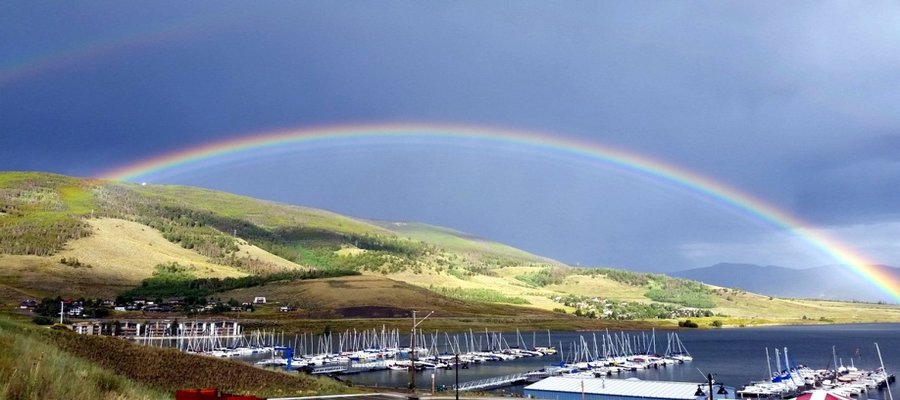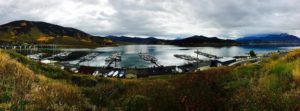The original town of Dillon, Colorado (current population 904) was built as a stage stop and trading post on the northeast side of the Snake River. The town was named for Tom Dillon, a prospector, and was incorporated in 1883.
By 1892 the town had been relocated twice, both times in order to be closer to railroad lines that were extended into the area. All three of these historic townsites were situated very close to the Blue River Valley confluence where the Snake River and Tenmile Creek flowed in, and this area is now referred to collectively as “Old Dillon”.
On August 30, 2018 dozens of residents of the town’s current location packed into the council chambers for a community meeting on the future of Dillon’s Town Core.
They debated the merits of different types of development—primarily sprawl versus redevelopment—trying to find a balance between the economic growth needed to maintain resilience; the town’s ability to rebound from economic downturns or natural disasters. All of this while preserving the sense of community.
Kerstin Anderson, director of marketing and communication for Dillon, began the meeting with a presentation outlining challenges the town, and surrounding areas, are facing in becoming more resilient. Anderson pointed to a study of “Economic Resiliency in Summit County” recently published by Stephanie Copeland, executive director of the Colorado Office of Economic Development and International Trade, along with Elizabeth Garner, state demographer with the Colorado Department of Local Affairs.
“We see that a lot of people come when they’re about 20 or 21 right after they get out of school,” Anderson explained. “We have a highly educated young population. They stay for a couple years, and by the time they’re reaching their early 30s they’re migrating back out. People are finding that it’s not affordable to live here, so they’re migrating to raise families, to find better earning potential and better wage jobs.”
“As we lose those people, they’re not participating in town council meetings, on committees or volunteering in our community,” she concluded. “Resilient communities have rich infrastructure, strong age dispersion, growing populations, broad wage dispersion and a diversity of industry. Age is one of those factors that, as we’re looking at the strength of not just Dillon but Summit County in general, could become a threat to our economy and community vitality.”
Key issues expressed by residents included increased walkability all around the community (with a narrower Lake Dillon Drive), more seasonal markets, conservation of the lakefront, year-round lake access, increased performing arts, enhanced parks and landscape, and more ingredients of downtown revitalization.
Featured photo of Lake Dillon courtesy of the Town of Dillon.


